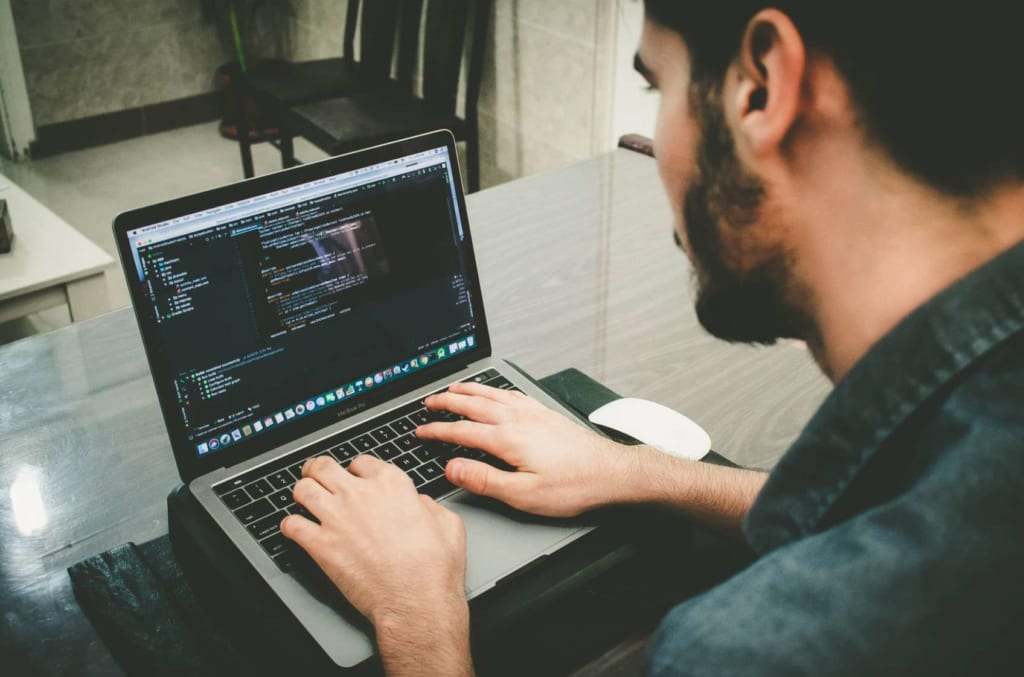Best 10 Measures to Take When Laptop Fans Are Noisy
Some consumers may claim that their laptop’s fans are too loud. You’ve probably heard:
- “The laptop fan is noisy because it continues spinning.”
- “The motherboard is growing hot, and the fan is rotating.”
- “Tell me what to do if my laptop fan is too loud!”
Many individuals are inconvenienced by the loudness of laptop fans. You can’t concentrate on your job because you’re afraid it’ll be messed up.
As a result, in this article, we will discuss how to deal with noisy laptop fans.
Main Reasons that Make Laptop Fans Noisy
Your laptop is making noise for two reasons.
- Data is read from a hard disk drive (HDD).
- The fan is spinning with heat.
In the case of the former, operating noise is created when the storage is an HDD (hard disk drive) rather than a SSD (solid state drive).
If you’re interested, consider purchasing a computer with an SSD rather than a hard drive.
In terms of the latter, a “fan” is a device that allows heat from within a computer to escape to the outside. Without it, the inside electronics’ temperature will rise, and in the worst-case scenario, they will fail.
In other words, the fan’s sound indicates that the fan is protecting the computer from heat.
Measures when Laptop Fans are Noisy

If your laptop fan is noisy, try the following workarounds:
- Reduce the room temperature.
- The heat is gone.
- Close unused applications.
- Clean the inside of your laptop or computer.
- Change to power saving mode.
- Check the support page.
Lower Room Temperature
When the indoor temperature is high, the computer gets heated because the fan brings outside air into the computer.
As a result, the fan spins faster than necessary to reduce the temperature, making it loud.
Reduce the temperature in the room and blow cold air into the computer.
Fight the Heat
Allow the heat from your computer to escape.
It is suggested that chilling items be used as a concrete approach.
Also, if you want to get rid of the heat quickly, a frying pan is advised. The temperature lowers quickly due to its excellent heat conduction.
Be careful not to use ice when letting the heat out of your computer. Moisture may seep into the computer due to condensation and cause a short circuit.
Close Unwanted Applications
To discover if any apps are CPU-intensive, use Activity Monitor (Task Manager).
For Mac, type “command + space” to search for spotlight, and then type “Activity Monitor” to check it.
To open the task manager on Windows, use “Ctrl + Shift + Esc.”
If you don’t require a program with an excessively large “percent” in the CPU column, close it or eliminate it.
You may also close unwanted programs with some of the best free process killer tools.
Clean Inside of Your Laptop/ Computer

If dust accumulates within the computer, heat will have a harder time escaping, and the fan may run longer than required.
Clean the rear cover of your computer on a regular basis. Check the area around the cooling fan in particular.
Change to Power Saving Mode
It is also recommended to put your computer in power saving mode. Since the CPU speed can be reduced, the temperature will naturally decrease.
For Mac OS, you can make adjustments in Apple Menu -> System Preferences -> Energy Saving.
For Windows, you can set it in Start ->Settings -> System -> Power and Sleep -> Additional Power Settings -> ECO.
Check the support page
Check your laptop’s help website as well.
You may look up the terminal’s instruction manual and help by searching for the model number.
Check to see whether the website has instructions for dealing with noisy fans.
Measures when laptop fans are noisy [Mac]
For Mac users, here are two proposed solutions.
- Reset the SMC
- Install Macs Fan Control
1. Download Macs Fan Control
We also propose Macs Fan Control, a program that allows you to change the fan’s speed.
You may change the fan speed, increase timing and manage the fan speed to a consistent level using this program.
2. Reset the SMC
The SMC (System Management Controller) may be reset to fix power and battery issues.
Please try the following ways if you are using any MacBook Air, MacBook, or MacBook Pro model produced after 2009.
- Shut down your Mac
- Press and hold the “Shift” “Control” “option” keys on the keyboard
- While holding down the above three keys, also press the power button for 10 seconds
- Release all keys and power cycle
Measures when laptop fans are noisy [Windows]
![Measures when laptop fans are noisy [Windows]](https://dinotechno.com/storage/2022/05/Measures-when-laptop-fans-are-noisy-windows_DinoTechno.com_.jpg)
We’ll go over the recommended solution for Windows users here.
- Use “Fan Speed”
- Switch to a passive cooling strategy for the system.
1. Install Speed fan
You may alter the timing and rotation speed at which the fan speed increases if you use software called Speed Fan.
2. Change the system cooling policy to passive
Increase the fan speed to cool the CPU before slowing it down if the system cooling policy is “active.”
In the case of “passive,” on the other hand, the fan speed is raised after the CPU is turned off, allowing it to be regulated so that as little fan noise as possible is made.
The setting method is as follows.
- Open control panel
- Select system and security
- Select power option
- Click “Change plan settings” for the checked power plan
- Click Change advanced power settings
- Select Processor Power Management -> System Cooling Policy
- Change setting from “active” to “passive”
If your laptop or computer is old, consider replacing it with a new one
Consider replacing the computer or parts if the methods in this article do not solve the sound of the laptop fan.
Internal equipment has most likely degraded and should be taken to a repair facility. If you have a work PC, it is also a good idea to check with us to see if it may be replaced.
Computers have a finite lifespan. Therefore, choose the best computer for the job and focus on it.

